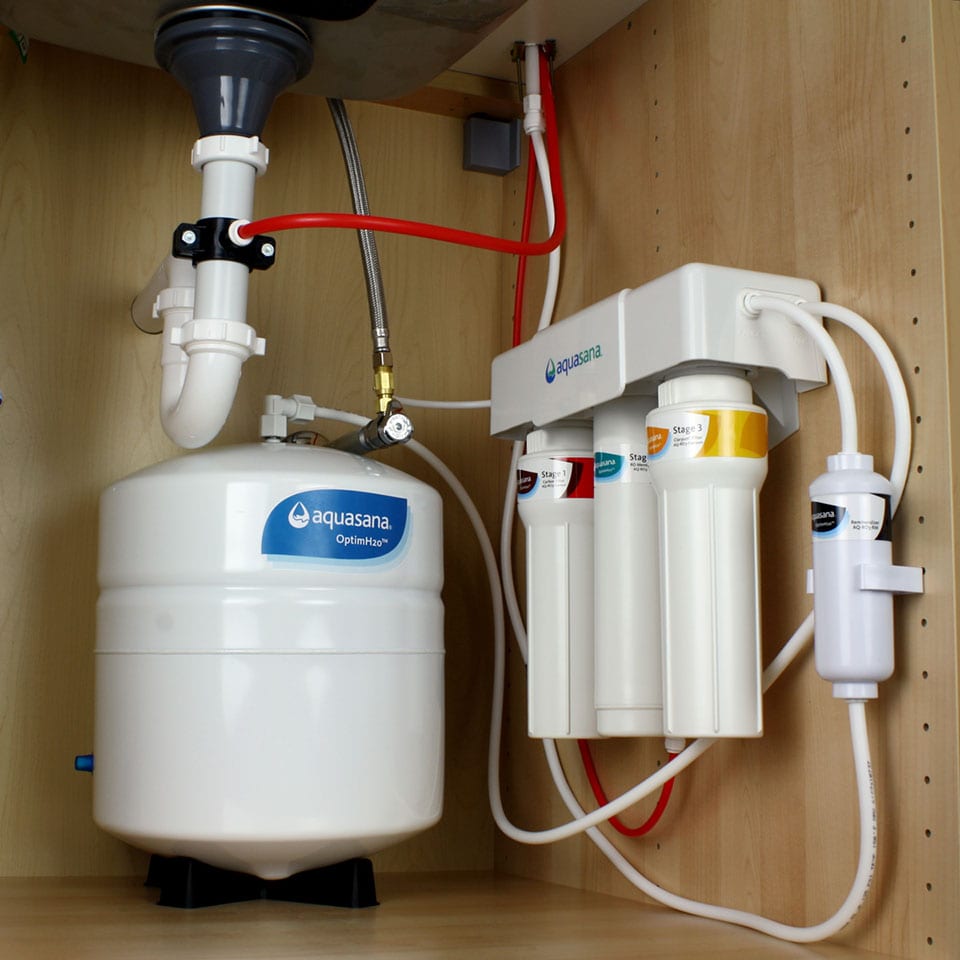Fluoride is a chemical compound that combines when fluorine mixes with minerals from rocks or soil. It is an element that also helps prevent tooth decay. It has almost become a trend for many municipalities to add fluoride to drinking water. The reason being several households drink tap water.
One of the many chemical ions that pass through the water includes fluoride. Many homes are looking for ways of getting rid of heavy metals, contaminants, fluoride, and other impurities. Thanks to technology, there are several water filters available in the market today. Most of these filters serve different purposes and functionalities. Depending on the number of people in your household, you can buy a filter that meets your needs. Take a sample of your drinking water to a licensed and accredited lab to analyze it. Impurities available will help you decide which filter to buy. In the case of fluoride, most people will ask, does reverse osmosis remove fluoride? The answer is a reverse osmosis filter will remove it.

source: mrwatergeek.com
And how does reverse osmosis remove fluoride from water, and does it remove it altogether? Fluoride is best absorbed in a small amount. Since fluoride transpires in all-natural water sources, it is likely to get into your household without your knowledge. It is necessary to ensure fluoride available in your drinking water ranges between 0.5 to 1.5 mg/L. It is a recommendation by W.H.O. – the World Health Organization and set as a guideline. A low dosage of fluoride is healthier for your teeth. Too much intake of it can be toxic when ingested.
For a long time, fluoride has been added to toothpaste, mouth rinses, and supplements to prevent tooth cavities. There are more other fluoride uses, but in this article, you will understand the effects of fluoride water and whether reverse osmosis removes it.
What is the Effect of Excessive Intake of Fluoride Water?

source: pinterest.com
Too much fluoride intake for a long time causes pain and illness to your bones and joints. Your bones can begin dislocating or cracking. So that brings us to the question, does Reverse Osmosis (R.O.) remove fluoride?
Does Reverse Osmosis (R.O.) Remove Fluoride?
Yes. Reverse osmosis systems get rid of around 85% to 95% of fluoride from water.
What Else Does Reverse Osmosis Remove?
Here are some elements that the reverse osmosis filter will remove at The Architecture Designs:
- Detergents
- Bacteria
- Cadmium
- Asbestos
- Chlorine and other metal ions
- Sulfates and other aqueous salts
- Other contaminants
How Does the Reverse Osmosis Filter Eliminate Excess Fluoride?

source: clearwatersystems.com
A reverse osmosis filter uses an R O technology that applies household pressure to move water through a semipermeable membrane from one stage to another. The filtration processes may differ from one R O filter to another, but many R O systems include four steps. But one thing for sure is all reverse osmosis systems remove fluoride. A daily recommended amount of fluoride intake is 7 mg/day for children and adults above 15 years.
A reverse osmosis system filters water via a grid system. Water passes through multiple filters to ensure the safety and quality of water. It has inlets and outlets. It first gets rid of residues and chlorine through a pre-filter, after which water moves through a membrane filter where dissolved solids are removed.
To the Reverse osmosis membrane, the semipermeable membrane removes fluoride then the water passes through a check valve into the R O osmosis faucet. A Reverse osmosis system is efficient and effective in eliminating fluorides, dissolved minerals, debris, and heavy metals from your tap water. Whether it is in your commercial, residential or industrial residence, you can install a reverse osmosis system to get rid of fluoride and other water impurities.

source: springwellwater.com
Although the reverse osmosis system removes fluoride and other water contaminants, the drawback is it only filters a portion of the fluoride present in your water, passing through the R.O. system.
Even though that’s the case, there is hope. It is recommended you change your R.O. filter after 12 months or depending on the manufacturers’ instructions.
It will help ensure your reverse osmosis system is efficient in filtering more tons of water, and safety is guaranteed. Otherwise, water impurities and contaminants will get their way through your drinking water.
Here are some of the best filters to remove fluoride from water:
- AquaTru Countertop Reverse Osmosis Technology
- Under-sink Water Drop Reverse Osmosis System
- Waterdrop Water Faucet Filtration System
- Aquagear Water Filter Pitcher
- Big Berkey Countertop
- Water Distiller Waterwise 4000
Besides taking water to the lab, you can search for a water quality report online and see whether the level of fluoride added to your tap water is safe.


